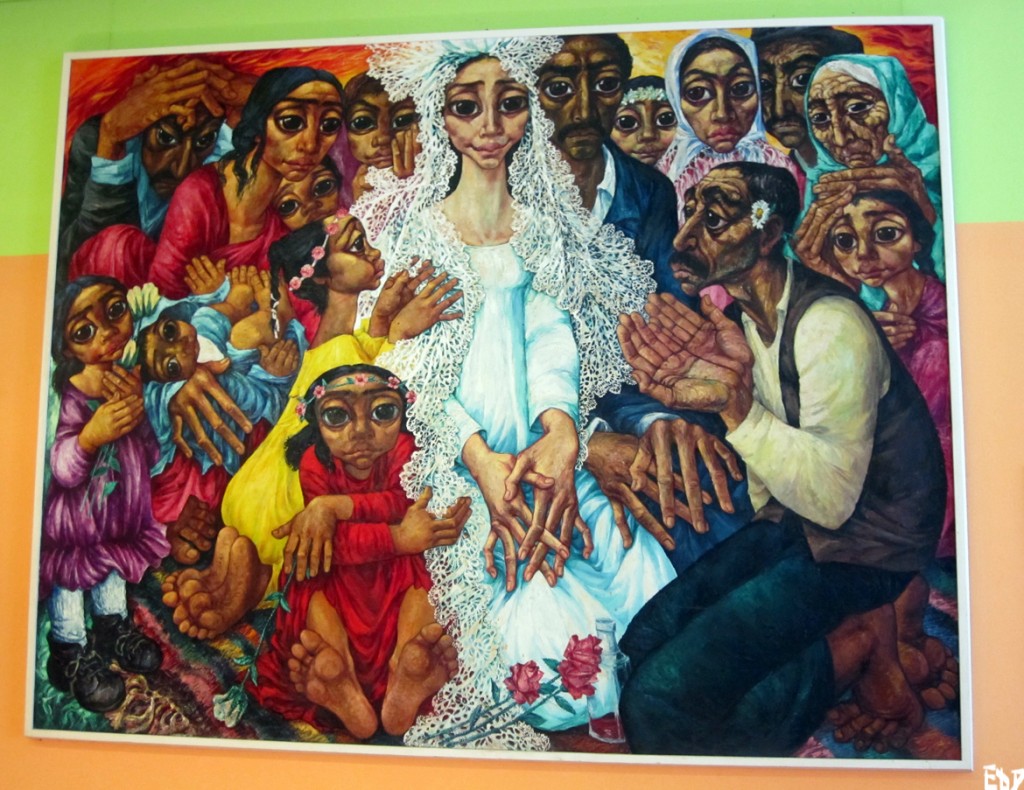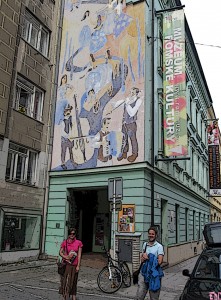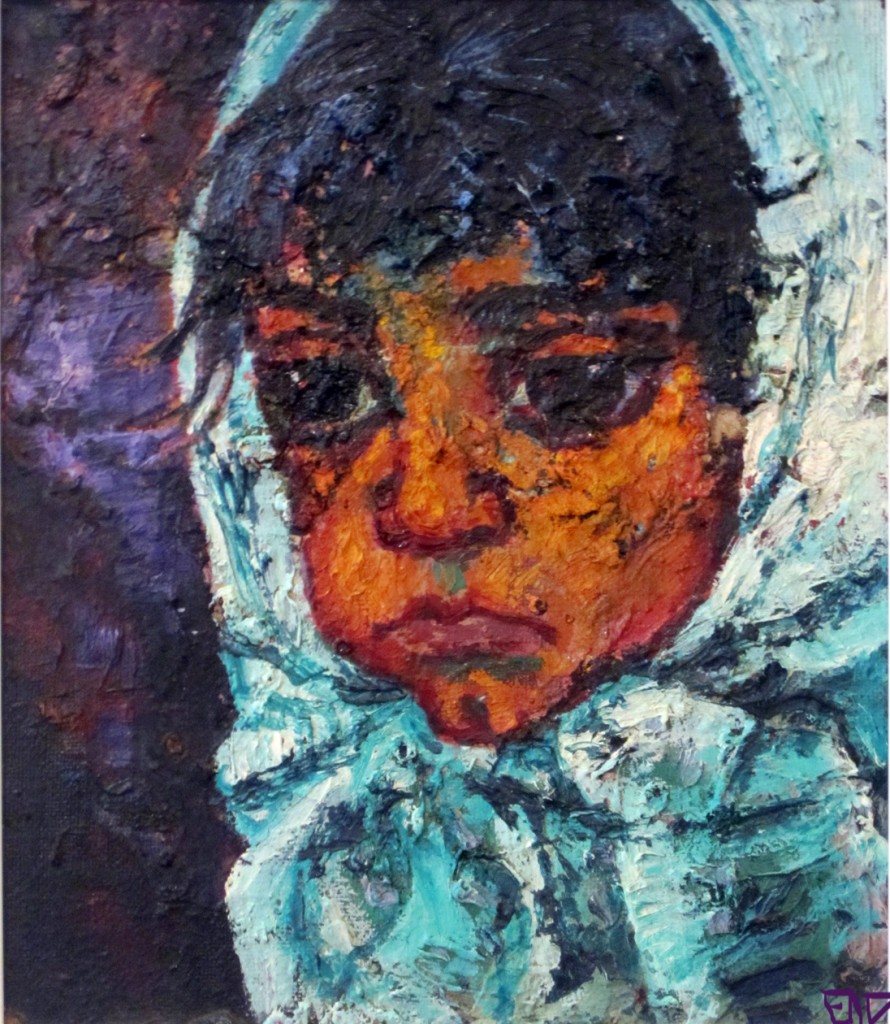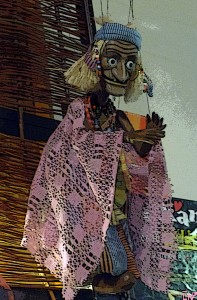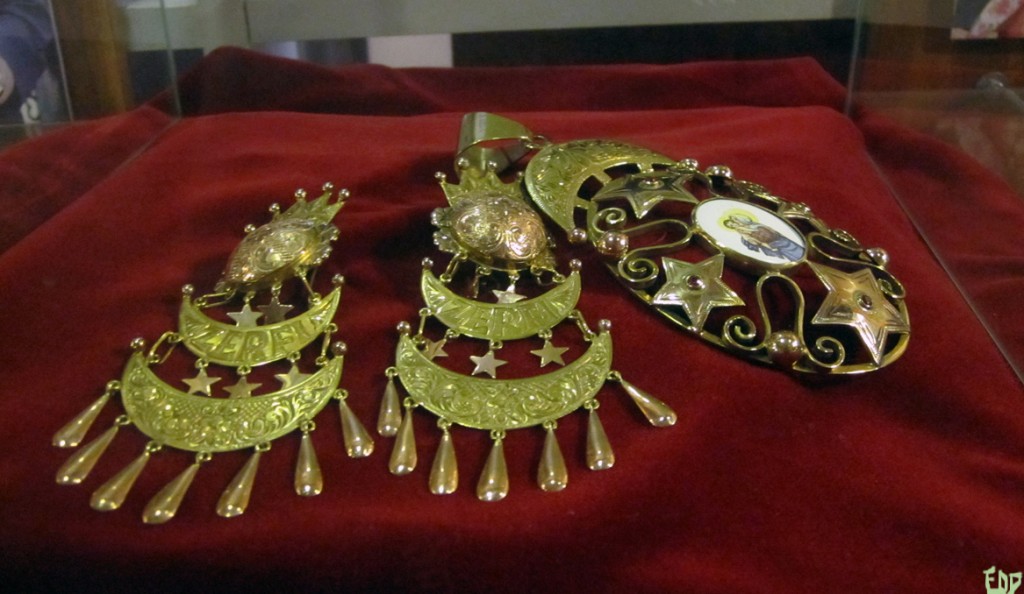Imagine my surprise when I was on the road in Rabat and turned on the TV in my hotel room to find news stories about Roma being broadcast on almost every international news channel–from protests in Paris over the deportation of a Roma girl in France to the so-called abduction of a young girl raised by a Roma couple in Greece.
With Roma suddenly center-stage in the news, I thought I would share some photographs today from the Museum of Roma Culture in Brno–which I had the opportunity to visit when I was doing research in Prague and getting in touch with my Czech roots. Devoted to the life, history, and culture of the Roma people from their migration from India to their widespread presence throughout Europe today, the museum displays Roma artwork, musical instruments, costumes, and puppets in its well-curated halls.
One of the most appealing aspects of the Museum of Roma Culture is that it is situated in a Roma neighborhood–and Roma children are encouraged to take advantage of the museum’s numerous activities and clubs–like a drama and music club–designed specifically for children from the neighborhood. As a result of these dynamic social programs, the museum received a 2013 ERSTE Foundation award for social integration.
For me, the most compelling part of the museum is the exhibit on the persecution of the Roma in Czech lands during World War II and the Holocaust. The museum traces in detail the journey many Roma made through various concentration camps throughout Eastern Europe, and also explains how Roma in Czechoslovakia tried to cope in the aftermath of so many Roma perishing in the Holocaust.
At a time when 90% of the Roma live below the poverty line (according to the European Union Agency for Fundamental Human Rights) and the majority suffer ongoing discrimination, Roma communities in Europe today are still living in dire social and economic conditions. Because the Museum of Roma Culture in Brno sheds an important light on aspects of Roma culture that are often neglected in the news, the museum is definitely worth a visit if you’re traveling through Eastern Europe and want to learn more about the history of the Roma people. Definitely czech it out–you’ll be glad you did.
